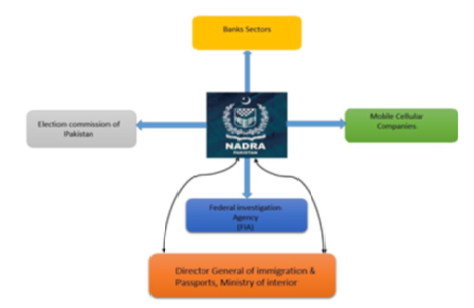


Indian Journal of Science and Technology
DOI: 10.17485/IJST/v13i29.1040
Year: 2020, Volume: 13, Issue: 29, Pages: 2962-2972
Original Article
Kamran Ali Memon1, Sijjad Ali Khuhro2, Nasrallah Pirzada3,Muhammad Aamir Panhwar1*, Masnizah Mohd4, Kamlesh Kumar Soothar1,Noor ul Ain5
1School of Electronic Engineering, Beijing University of Posts and Telecommunications,China
2School of Computer Science and Technology, University of Science and Technology of China, China
3Department of Telecommunication Engineering, Mehran University of Engineering &Technology, Jamshoro, Pakistan
4Faculty of Information Science and Technology, Universiti Kebangsaan, Malaysia
5School of Information and Communication Engineering, Beijing University of Posts and Telecommunications, China
*Corresponding Author
Email: [email protected]
Received Date:16 July 2020, Accepted Date:27 July 2020, Published Date:11 August 2020
Objectives: Cloud computing technology is in continuous development, and with numerous challenges regarding security. In this context, one of the main concerns for cloud computing is represented by the trustworthiness of cloud services in the Pakistan Information Technology (IT) industry. This problem requires prompt resolution because IT organizations in Pakistan adopting cloud services would be exposed to increased expenditures while at a higher risk. A survey conducted by International Data Corporation (IDC) in August 2008 confirms that security is the major barrier for cloud users in Pakistan.Material/methods: We have proposed the mathematical-based model for an estimate of our user’s requirements regarding our resource investment based on queuing theory to overcome these security issues in cloud technology. We are adopting a system and real-world analysis using data set experiments.Result: In this article, we proposed a solution to overcome the Distributed Denial of Service (DDoS) attacks in a cloud computing environment in the Pakistan IT services; because along with discussed above phenomena, we also used DST and FTA (Fault Tree Analysis) for mentioned attacks. Conclusion:Our proposed solution based on Dempsters combination rule is to analyzed mixture proof of different types of cloud attacks in IT industries in Pakistan.
Keywords: DDoS attacks; IT Services; attack detection; cryptography; cloud computing
© 2020 Memon et al.This is an open-access article distributed under the terms of the Creative Commons Attribution License, which permits unrestricted use, distribution, and reproduction in any medium, provided the original author and source are credited. Published By Indian Society for Education and Environment (iSee).
Subscribe now for latest articles and news.